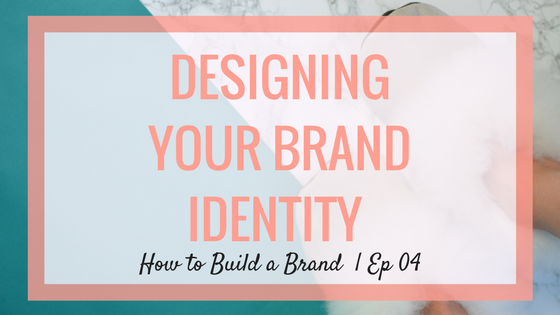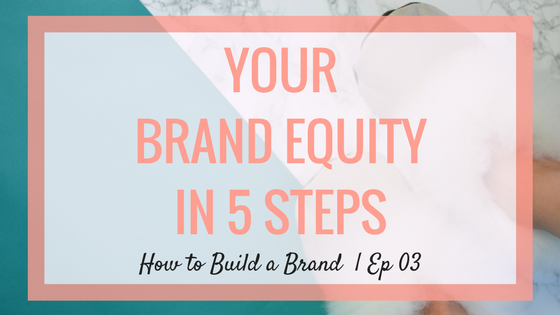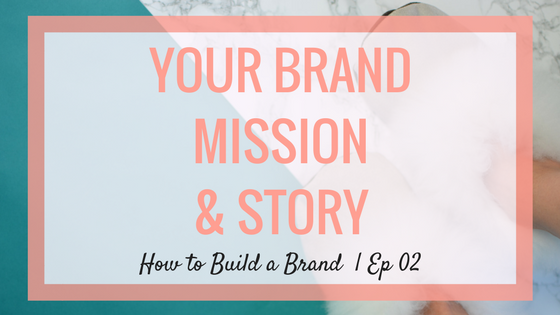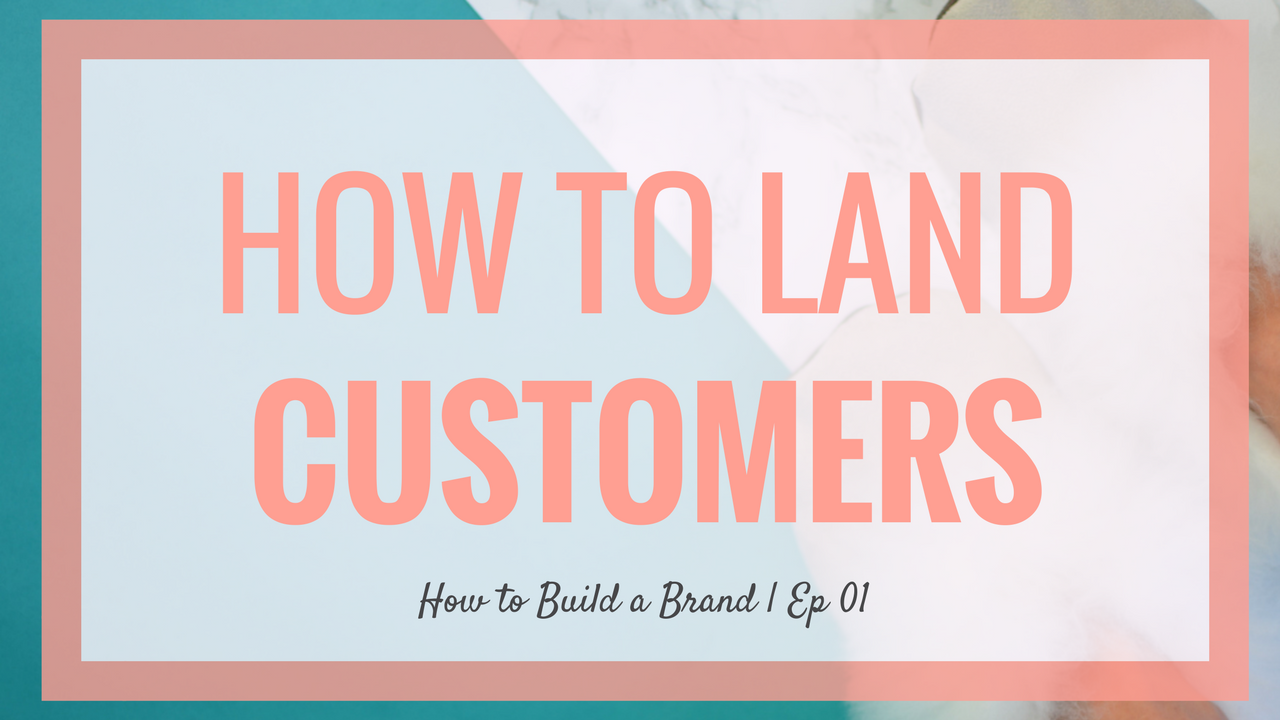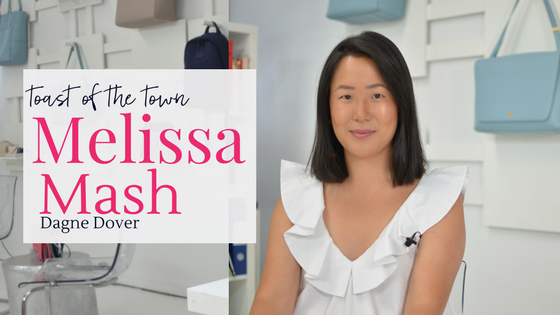Step 4: How to bring your Brand Personality to life through design
Hi guys! It’s Jen here where we’re breaking down everything you need to know to build your brand. And, we are smack dab in the middle of our series with Fiverr where I am showing you how to build a brand from the bottom up in just a few short weeks. I am super super excited to share my updates with you today. If you recall, last week we went through the exercise of filling out our brand equity charts. This is the tool that really lets us get to know our brands like they’re real people – what do they do, how do they make people feel, and what kind of personality do they have? There are so many ways this equity chart can be used but one of the biggest ways is to guide the development of your brand identity. And what do I mean by that? I simply mean the way your brand looks and talks. Otherwise said, it’s how we bring your brand personality to life through design
Let’s unpack a little further by starting with the way our brand looks.
First Impressions
Research reveals that we make a subconscious judgement about something within 90 seconds of seeing it. That means we need to make an awesome first impression every time someone encounters our brand. And an awesome first impression begins with how our brand looks or our brand design. It’s the outward expression of our equity that brings to life our brand personality.
The first step in developing your brand identity is to create a mood board which is a simple visual aid for bringing to life the look and feel of your brand. An easy way to build one is with Pinterest. Just create a new board and then begin to pin pictures that you feel reflect your brand personality.
The mood board sets the visual tone and is the source of inspiration for the core elements of your brand design like your colors and fonts.
It’s also an awesome tool when you’re working with creatives. It can really help them understand the look and feel you’re going for.
Which is exactly what I did this past week. Here’s my mood board:

While I had figured out what I wanted my brand to look like, I still didn’t have a name or logo. I turned to Fiverr for help with both of these things. So are you ready to see them, already??
Ok – tada!
So the name is Live Freely. And this was really inspired by this idea of the customer being freelancers and creatives and really anyone outside of the normal 9 – 5. It resonates both with who they are but also what the brand has to offer them.
And with the logo, I really wanted to reflect that spirit of being free. Which is why we chose this script font.
Besides influencing your logo, you can also use reference your mood board to identify your brand colors and fonts as well as and when you’re selecting images for everything from your website to an Instagram post.
Of course, visuals are only way one to communicate with your customers. The other is through your brand voice. Seems pretty straight forward but for a lot of people finding the perfect tone of voice is actually one of the most challenging parts of the brand building process.
So here’s my easy hack. Imagine how you’d talk to your customers if you met them at a party. Then, read out loud as if you actually are talking to them while you’re writing. I find that doing this really helps your words to come out more naturally. Another trick I like to use is to come up with a handful of signatures words and sayings which can really give your brand personality.
At this stage we’re really starting to see our brand come to life. Next week we’re going to talk about how we use this brand identity when we develop our website and social media.
Services Used + Cost
I Will Give Your Product, Invention, Business or Book A Name

– Basic, $35
– Medium, $65 (My choice)
– Premium, $115
I Will Create Your Logo and Brand Design

– Basic, $400
– Medium, $700
– Premium, $1,100 (My choice)
I Will Design A Product Package, Product Label or Product Box

– Basic, $50
– Medium, $50 (My choice)
– Premium, $50
Total: $1,215
Total for weeks 1-4: $1,975
PS: Want more tips on how to bring your brand personality to life and examples of how other brands have designed their brand identity? This post is for you.
If you missed week 1, week 2, or week 3 of this series, check them out.
Cheers!
Jen
